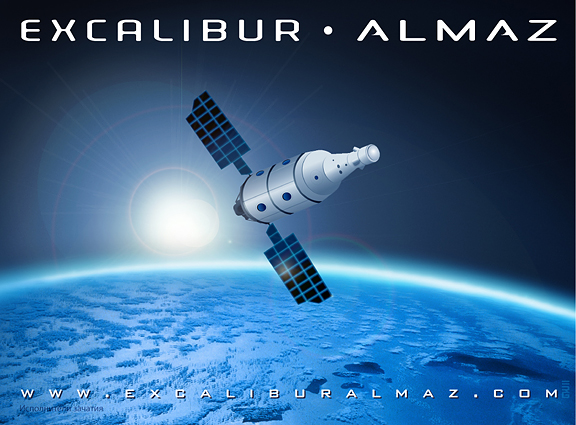Planet Earth has entered the age of the Personal Satellite with the introduction of Interorbital’s TubeSat Personal Satellite (PS) Kit. The new IOS TubeSat PS Kit is the low-cost alternative to the CubeSat. It has three-quarters of the mass (0.75-kg) and volume of a CubeSat, but still offers plenty of room for most experiments or functions.
And, best of all, the price of the TubeSat kit actually includes the price of a launch into Low-Earth-Orbit on an IOS NEPTUNE 30 launch vehicle. Since the TubeSats are placed into self-decaying orbits 310 kilometers (192 miles) above the Earth’s surface, they do not contribute to any long-term build-up of orbital debris. After a few weeks of operation, they will safely re-enter the atmosphere and burn-up. TubeSats are designed to be orbit-friendly. Launches are expected to begin in the fourth quarter of 2010.
TubeSat Personal Satellite Kit
Total Price of the TubeSat Kit including a Launch to Orbit is $8,000!
A TubeSat is designed to function as a Basic Satellite Bus or as a simple stand-alone satellite. Each TubeSat kit includes the satellite’s structural components, safety hardware, solar panels, batteries, power management hardware and software, transceiver, antennas, microcomputer, and the required programming tools. With these components alone, the builder can construct a satellite that puts out enough power to be picked up on the ground by a hand-held HAM radio receiver. Simple applications include broadcasting a repeating message from orbit or programming the satellite to function as a private orbital HAM radio relay station. These are just two examples. The TubeSat also allows the builder to add his or her own experiment or function to the basic TubeSat kit. Examples of add-on experiments or functions include the following:
â–¼ Earth-from-space video imaging
â–¼ Earth magnetic field measurement
â–¼ Satellite orientation detection (horizon sensor, gyros, accelerometers, etc.)
â–¼ Orbital environment measurements (temperature, pressure, radiation, etc.)
â–¼ On-orbit hardware and software component testing (microprocessors, etc.)
â–¼ Tracking migratory animals from orbit
â–¼ Testing satellite stabilization methods
â–¼ Biological experiments
â–¼ On-orbit advertising
â–¼ Private e-mail
As long as the experiment or function satisfies the volume and mass restrictions, it can be integrated into the TubeSat. These restrictions provide a unique intellectual challenge for the experiment or function designer.
And, best of all, the price of the TubeSat kit actually includes the price of a launch into Low-Earth-Orbit on an IOS NEPTUNE 30 launch vehicle. Since the TubeSats are placed into self-decaying orbits 310 kilometers (192 miles) above the Earth’s surface, they do not contribute to any long-term build-up of orbital debris. After a few weeks of operation, they will safely re-enter the atmosphere and burn-up. TubeSats are designed to be orbit-friendly. Launches are expected to begin in the fourth quarter of 2010.
TubeSat Personal Satellite Kit
Total Price of the TubeSat Kit including a Launch to Orbit is $8,000!
A TubeSat is designed to function as a Basic Satellite Bus or as a simple stand-alone satellite. Each TubeSat kit includes the satellite’s structural components, safety hardware, solar panels, batteries, power management hardware and software, transceiver, antennas, microcomputer, and the required programming tools. With these components alone, the builder can construct a satellite that puts out enough power to be picked up on the ground by a hand-held HAM radio receiver. Simple applications include broadcasting a repeating message from orbit or programming the satellite to function as a private orbital HAM radio relay station. These are just two examples. The TubeSat also allows the builder to add his or her own experiment or function to the basic TubeSat kit. Examples of add-on experiments or functions include the following:
â–¼ Earth-from-space video imaging
â–¼ Earth magnetic field measurement
â–¼ Satellite orientation detection (horizon sensor, gyros, accelerometers, etc.)
â–¼ Orbital environment measurements (temperature, pressure, radiation, etc.)
â–¼ On-orbit hardware and software component testing (microprocessors, etc.)
â–¼ Tracking migratory animals from orbit
â–¼ Testing satellite stabilization methods
â–¼ Biological experiments
â–¼ On-orbit advertising
â–¼ Private e-mail
As long as the experiment or function satisfies the volume and mass restrictions, it can be integrated into the TubeSat. These restrictions provide a unique intellectual challenge for the experiment or function designer.



 )
)

Comment